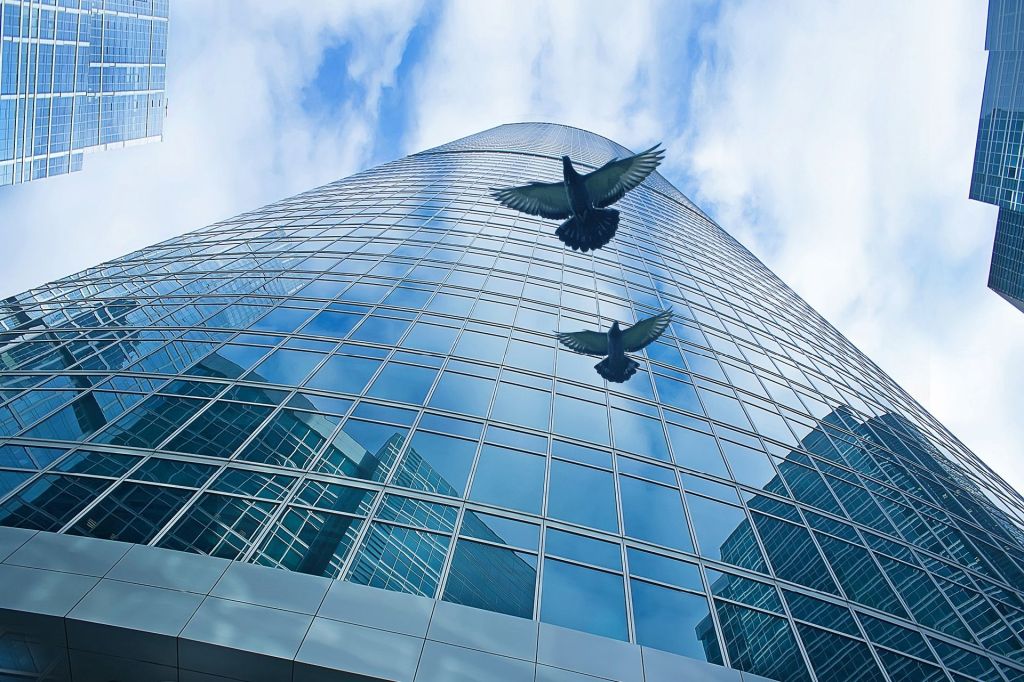New Heights
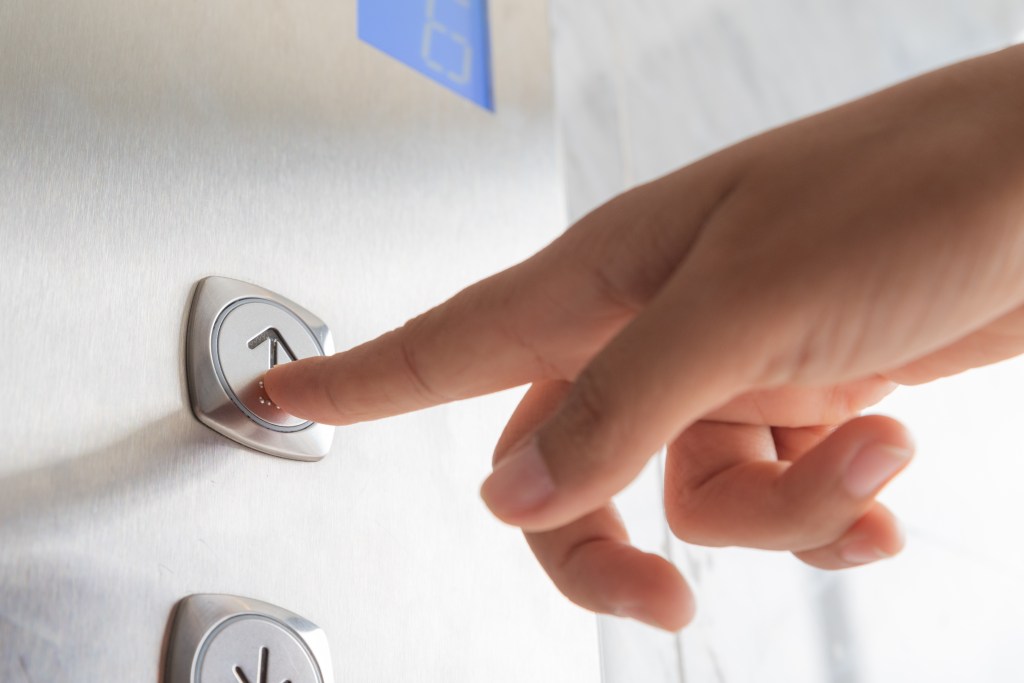
Elevators can feel like magic. Step inside. Select your floor. Poof! The elevator quickly takes you where you want to go.
But an elevator doesn’t run on magic. It’s a machine. And it’s made up of several smaller machines. These machines work together to make the elevator move. An electric motor powers the elevator. A pulley system hoists
hoist
 FEIFEI CUI-PAOLUZZO—GETTY IMAGES
to raise something with a rope and pulley
(verb)
Clara hoisted the flag high.
the car up and down through an elevator shaft. The controller is the “brains” of the elevator. When you push a button, the controller tells the car which floor to go to.
FEIFEI CUI-PAOLUZZO—GETTY IMAGES
to raise something with a rope and pulley
(verb)
Clara hoisted the flag high.
the car up and down through an elevator shaft. The controller is the “brains” of the elevator. When you push a button, the controller tells the car which floor to go to.
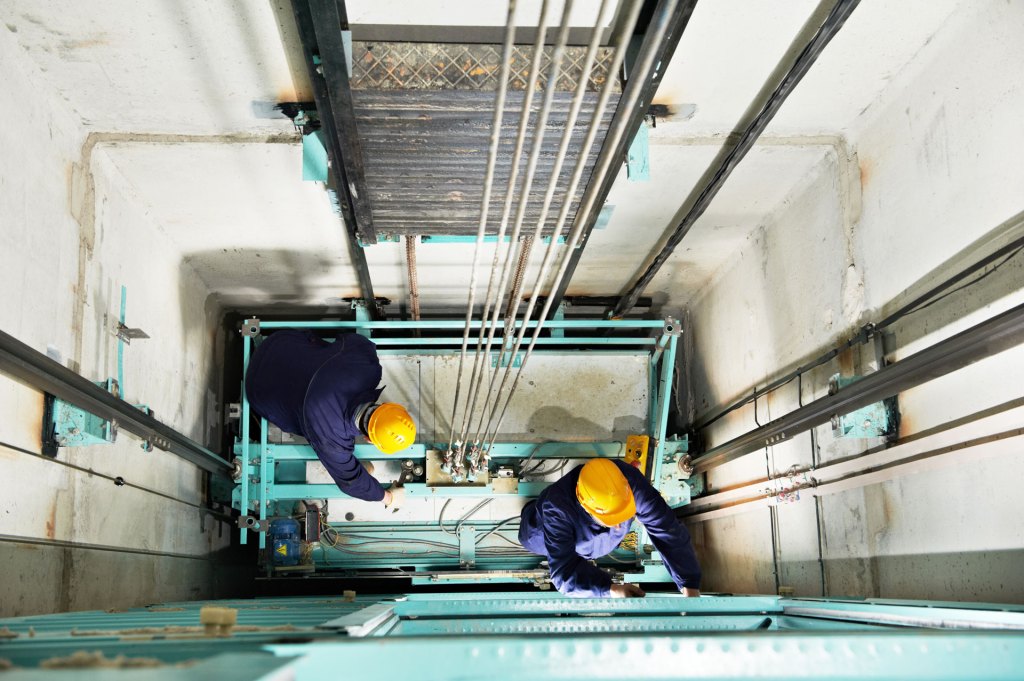
These mechanics are standing in an elevator shaft. They are fixing the elevator.
KADMY—GETTY IMAGESThe Sky’s the Limit
Elevators are an important part of the modern world. “They make taller buildings possible,” Dot Mynahan told TIME for Kids. She works for the Otis Elevator Company. “Elevators are also important for handicapped people,” Mynahan says. “They make buildings more accessible
accessible
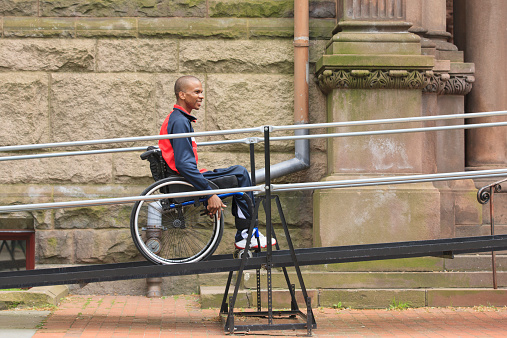 able to be entered or reached by all
(adjective)
The wheelchair ramp made the building accessible to all.
to everyone.”
able to be entered or reached by all
(adjective)
The wheelchair ramp made the building accessible to all.
to everyone.”
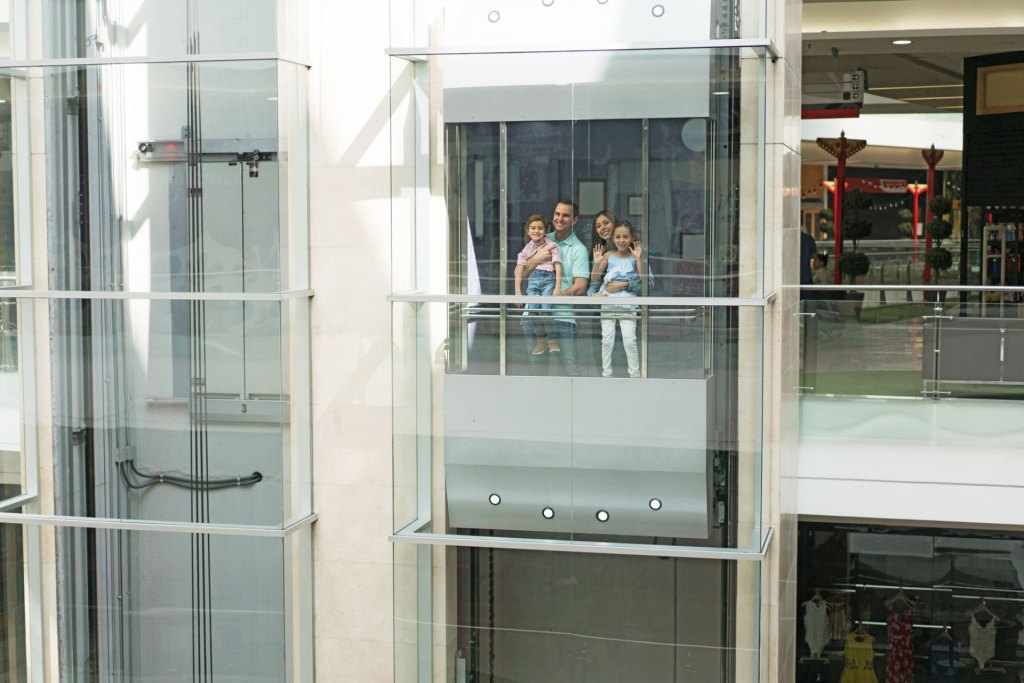
This glass elevator gives passengers a ride with a view.
ANDRESR—GETTY IMAGESThe first passenger elevator was installed in 1857, in New York City. Since then, technology has improved. Elevators have become more energy- efficient. They are also much faster. Have you heard of the Empire State Building, in New York City? Its elevators whisk visitors from the ground floor to the 86th floor in less than a minute.
What’s next for elevators? “The possibilities are endless,” Mynahan says.
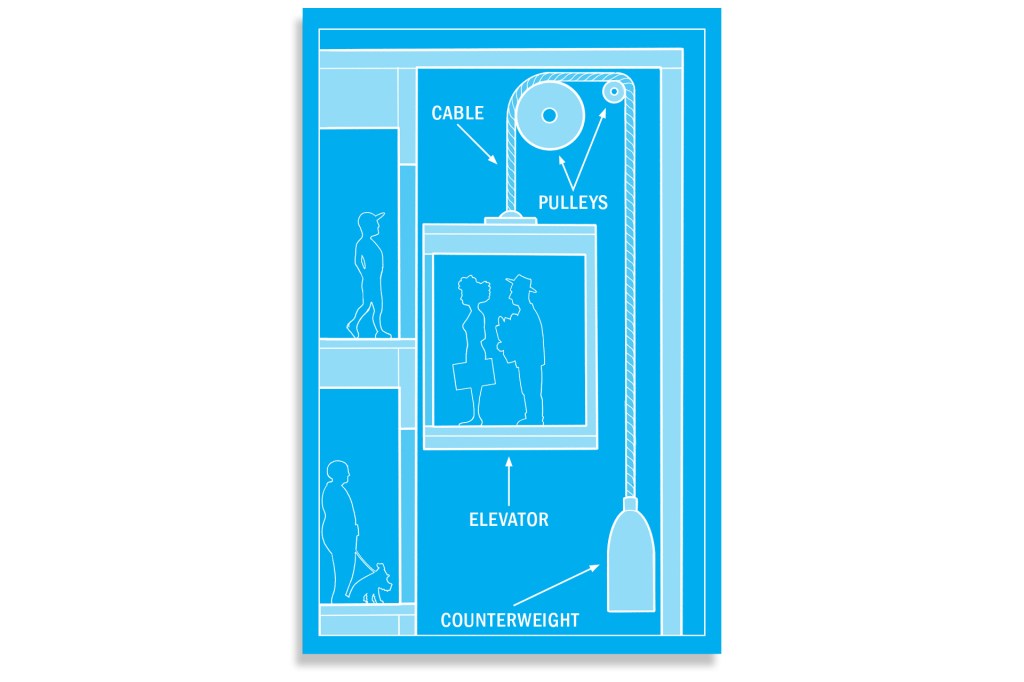
Most elevators run with the help of a simple machine called a pulley. A pulley is a wheel with a cord around it. An elevator car is attached to one end. A counterweight is attached to the other. Take a look!
ILLUSTRATION BY STEPHEN BLUE FOR TIME FOR KIDSA Historic Moment
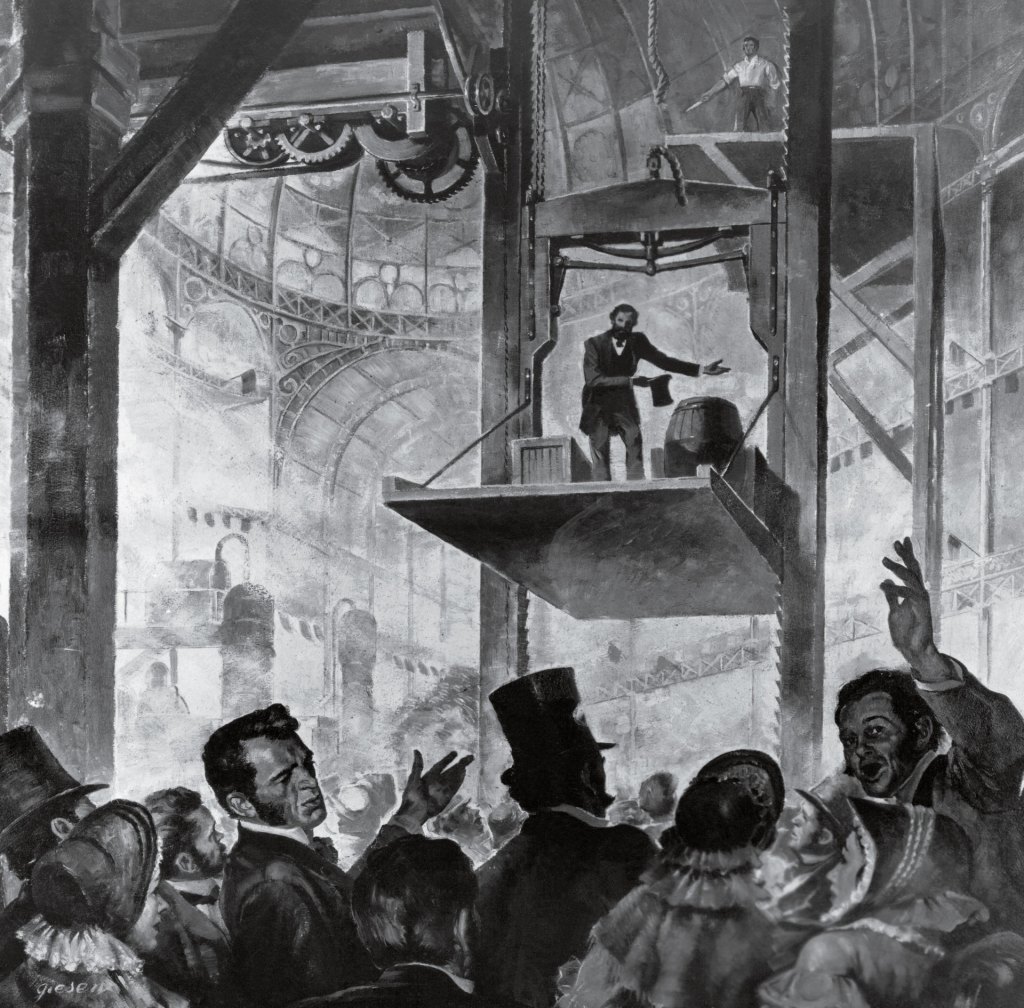
Elisha Graves Otis was an inventor. He created the world’s first safety elevator. In 1854, he gave a daring demonstration of how it worked. Crowds gathered at the World’s Fair, in New York. Otis rode his elevator high into the air. A man cut the rope that was lifting it. The crowd gasped. The elevator should have fallen, but it stayed in place. “All safe, ladies and gentlemen,” Otis said, “all safe.”






